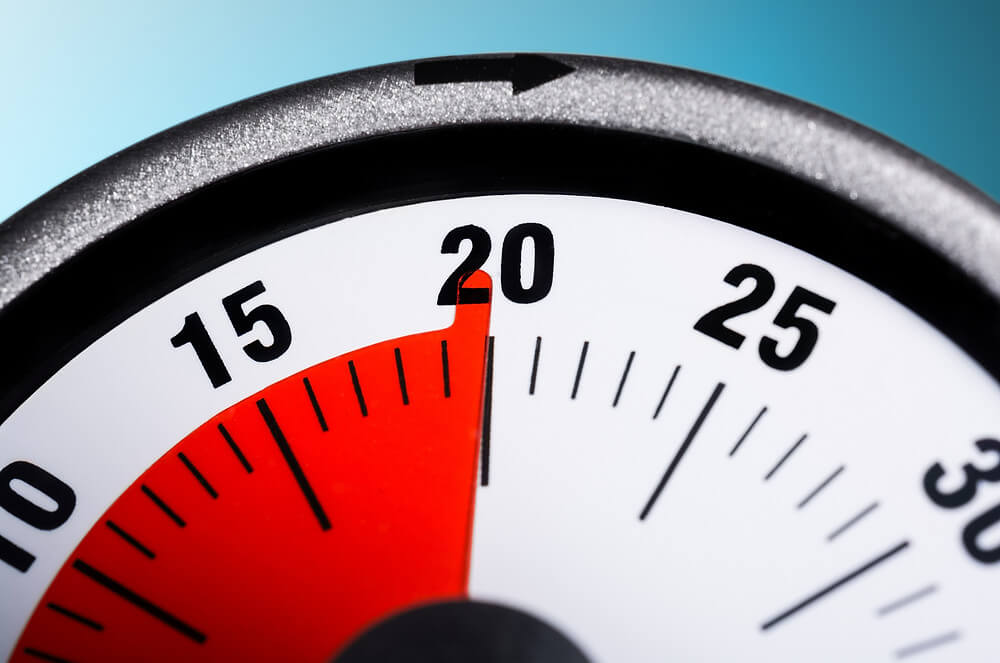While on the phone with my mom the other day, talk turned to high-intensity exercise, as it often does. Because strength is my business, some people feel the need to apologize for not making it a part of their lives. My mom is no exception.
Mom loves to garden and has kept a beautiful, even idyllic garden for over 20 years. Whenever she talks about her vigorous landscaping, she has the endearing habit of always pointing out what great exercise it is. She knows that I want her to engage in high effort resistance exercise. Since she doesn’t, she feels the need to explain why, even when I don’t bring it up.
After hauling bags of mulch, digging up old roots and stumps, and weeding on hands and knees, my mom naturally wonders:
Isn’t gardening enough?
And this same question applies to many healthy activities like yoga, recreational jogging or biking, tennis, or any form of exertion that is significant, but still falls below maximum effort. After all, the centenarians in “blue zones” didn’t lift weights, right? To answer this, we have to define “enough.” Because the last thing I want is to imply that gardening isn’t healthful. Fresh air, sun shine, and exertion are enormously beneficial, not to mention the deep satisfaction we get from seeing the fruits of our labors.
Life should be lived outside the gym!
In fact, this is one key reason StrengthSpace exists! We want our clients to spend as little time as possible in the gym, so they can enjoy challenging and fulfilling activities like gardening, hiking, tennis, yoga, rock climbing, or skiing. These things keep our minds sharp and keep our blood flowing. They keep us off the couch, and help us avoid the many problems of a sedentary lifestyle. The benefits of being active are too numerous to count.
But there are some benefits that none of these activities can provide – benefits that are crucial to preventing age related decline in whole body muscle mass, bone density, and insulin sensitivity.
If we lose muscle, we lose function.
It’s a scary fact that even active people can lose muscle and bone at an alarming rate. This starts in our 30’s, and accelerates significantly in our 60’s. We can lose as much as 5-10% of our muscle and 10-30% of our strength each decade! If unaddressed, we eventually lose the horsepower needed to stand from a chair, or to catch our balance. Suddenly, we lack the strength and stability to garden or do all those healthy activities we once treasured. We stop doing them, become increasingly sedentary, and the health consequences increase exponentially. How does this happen?
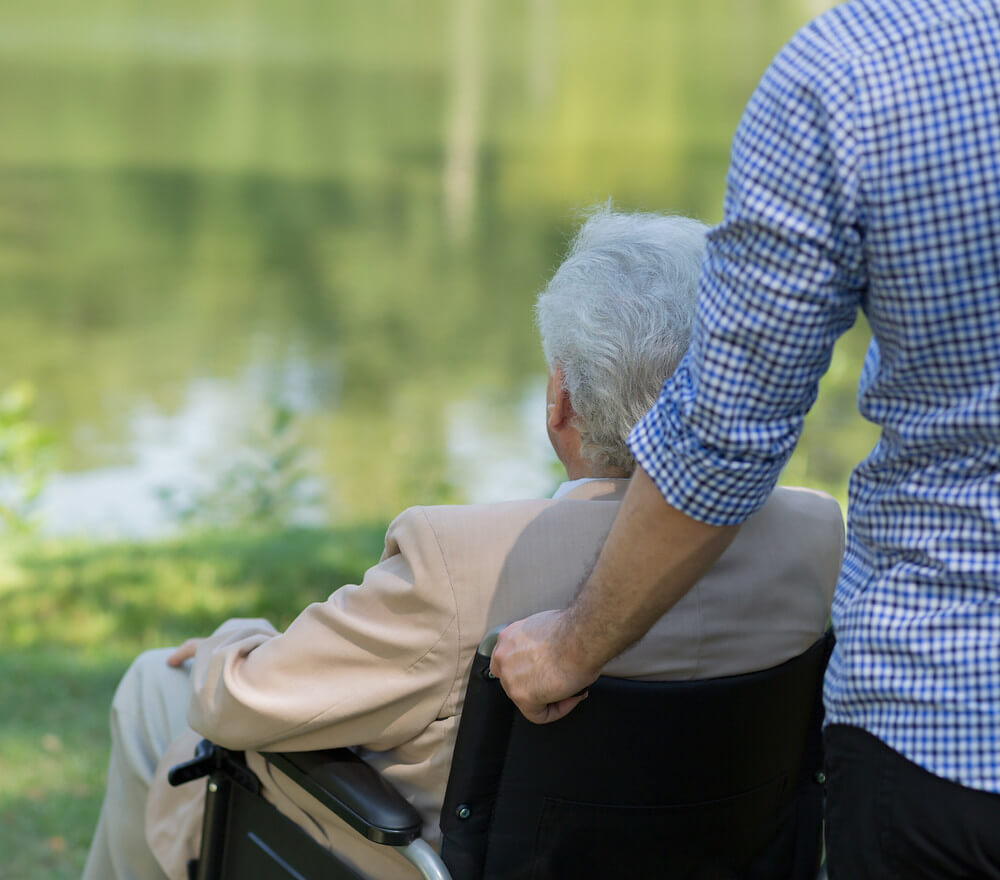
We are too efficient.
Our bodies are masterfully efficient. When performing a task, our nervous systems always attempt to use the least amount of muscle, and to burn the fewest calories. This is just sound biology – being efficient means you get to survive during the famine or hard winter. And the more we do a given task (running, gardening, etc), the more efficient we get. Which means that repeating a specific activity becomes less challenging over time, and gives our body an opportunity to start downsizing “excess” muscle it doesn’t think we need. It also means we can get much better at a task, whether riding a bike or digging holes in the ground, without having to build muscle. Much of the “improved” fitness a person gets from doing an exercise program is just their body finding ways to do it more efficiently!
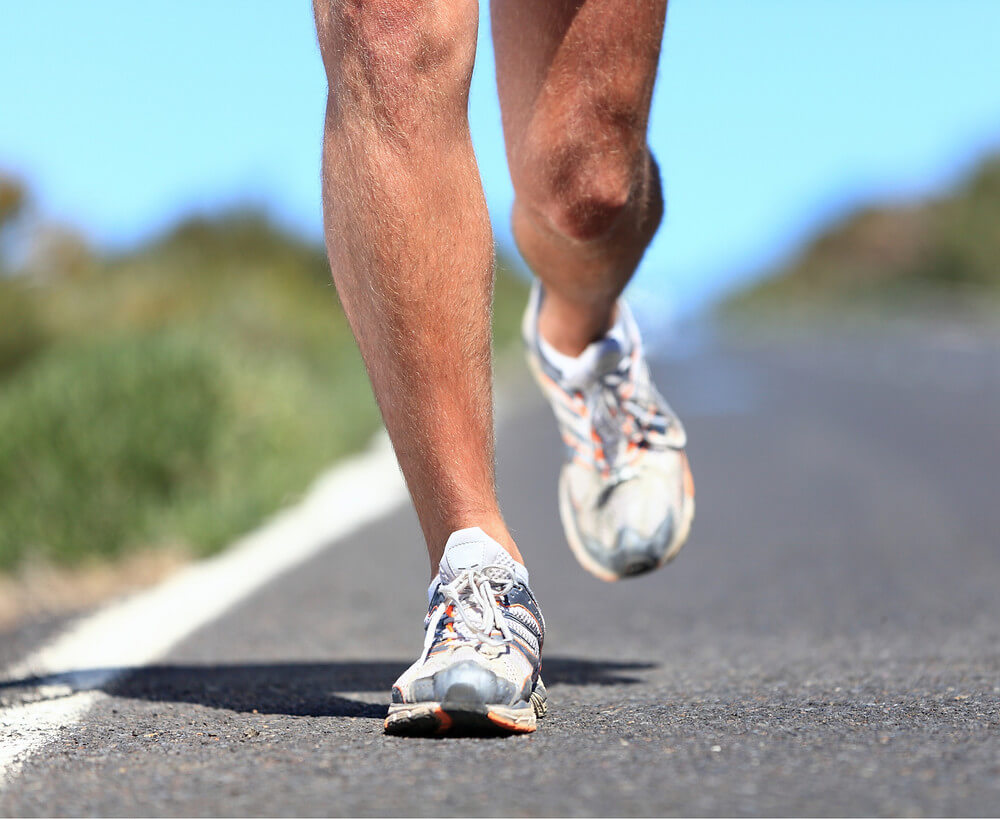
Maintenance is a myth.
Someone who takes up running will initially become fitter. But it is a cruel irony that if you run exactly 3 miles, 3 times a week, on the same course, and at the exact same speed, you will be weaker, less fit, and possibly less lean 10 years later than you are today. Your body will master the task, and learn to shut off as many muscle fibers as possible, so the task can be done with the fewest calories burned, and the fewest muscle fibers in need of repair.
After you master the task, it becomes less challenging as a workout.
Efficiency makes it hard to keep muscle.
When we go to exert ourselves, our bodies will always turn first to the smallest muscle fibers, which require the least energy, and recover the fastest. These smaller, “slow-twitch,” fatigue-resistant muscle fibers are the work-horses for most of activity. Small but numerous, our bodies rely on them for all the low to moderate force activities we do – any task that can be sustained for more than a few minutes can be done largely or exclusively with slow twitch muscle fibers.
When some of our slow twitch fibers start to fatigue during exercise, our nervous systems expertly recruit other slow twitch muscle fibers to give the tired ones a break. Within seconds, the fatigued fibers recover and can get “back in the fight.” They are like a tug-of-rope team, where one team member takes a short break, and then gets back on the rope. They are what allow you to stand, breath, and move your eyes all day long without rest, as well as to sustain even moderately vigorous activity for hours on end. In an active person who does jogging, yoga, gardening, or tennis, these fibers get plenty of stimulation, which is especially important for the health of your circulatory system and connective tissues.
Our bodies avoid using fast twitch muscle.
Our body so efficiently cycles between slow twitch fibers for one purpose – to avoid having to recruit the larger, “fast-twitch,” easily fatigable muscle fibers. These fibers take much longer to recover: hours, days, or even weeks! This is an eternity compared to the seconds or minutes that slow-twitch fibers take to be refreshed. What is more, when these larger fibers are deeply fatigued, they become very hungry. Because of this, our bodies only call upon these fibers in true “emergencies,” or situations in which absolutely maximal amounts of effort are required.
Keeping the body full of glycogen at all times
Think of running from a pursuing tiger! If you can only sustain the level of effort for seconds, there’s a good chance that your fast twitch fibers are involved. If you can last for minutes or longer, there’s a good chance that they aren’t.

Fast twitch “emergency fibers” use “emergency fuel.”
Unlike slow-twitch fibers which can meet their energy needs aerobically by “burning” fat (or metabolizing fat using oxygen) in the mitochondria, fast-twitch fibers tend to rely on the glycogen (glucose chains) stored inside the muscles themselves. Unlike body fat, which is abundant on even the leanest person, muscle glycogen is scarce. Even a large person may have only a few hundred grams (less than a day’s worth of calories) of this “emergency fuel” in their entire body. Thus, if our body can find a way to avoid exhausting fast twitch muscle fibers, it saves itself the trouble of having to replenish this energy source which is for emergencies. By keeping these fast-twitch fibers fresh and full of glycogen at all times, our bodies remain always ready to sprint away from a tiger or fight off an attacker in a true emergency.
Our bodies save for an emergency that never comes.
All this effort to conserve these fast-twitch muscle fibers comes at a price. In our comfortable, convenient lives, it is quite possible a person can go for months or years on end without ever recruiting, let alone fatiguing, their fastest-twitch muscle fibers. There just aren’t many occasions where a person needs to push as hard and as fast as they possibly can against resistance, or run in a truly flat-out sprint. And when we spend years avoiding this kind of exertion, eventually our joints and ligaments may become so deconditioned that we couldn’t push or pull as hard as possible even if we wanted to. It’s not surprising that sprinting is associated with youthfulness.
Resistance training prevents muscle loss.
Use muscle, or lose it!
When these fast twitch fibers go unused for long enough, the body, like a sensible business owner, starts asking the hard questions: “Are these big, expensive muscle fibers really necessary?” And that’s when the atrophy starts. After age 30, we lose 3-10% of our muscle mass each decade, and 10-40% of our strength! That means that by the time we’re in our 70’s and 80’s, we may have lost between 25 and 50% of our muscle mass and strength. This is an unacceptable risk.

When the muscle goes, bones weaken and metabolism slows.
As muscle goes, bones weaken and the metabolism slows down
On top of this, without recruiting these large muscles, not only do our bones not get the very heavy loading needed to prevent osteoporosis, but the signaling molecules that these muscle fibers release stop doing their job of orchestrating many cellular processes needed for bone, ligament, and metabolic health. The result is that though we become heavier, our muscles get weaker, while our bones grow brittle. All this makes the likelihood and severity of a fall progressively higher each year.
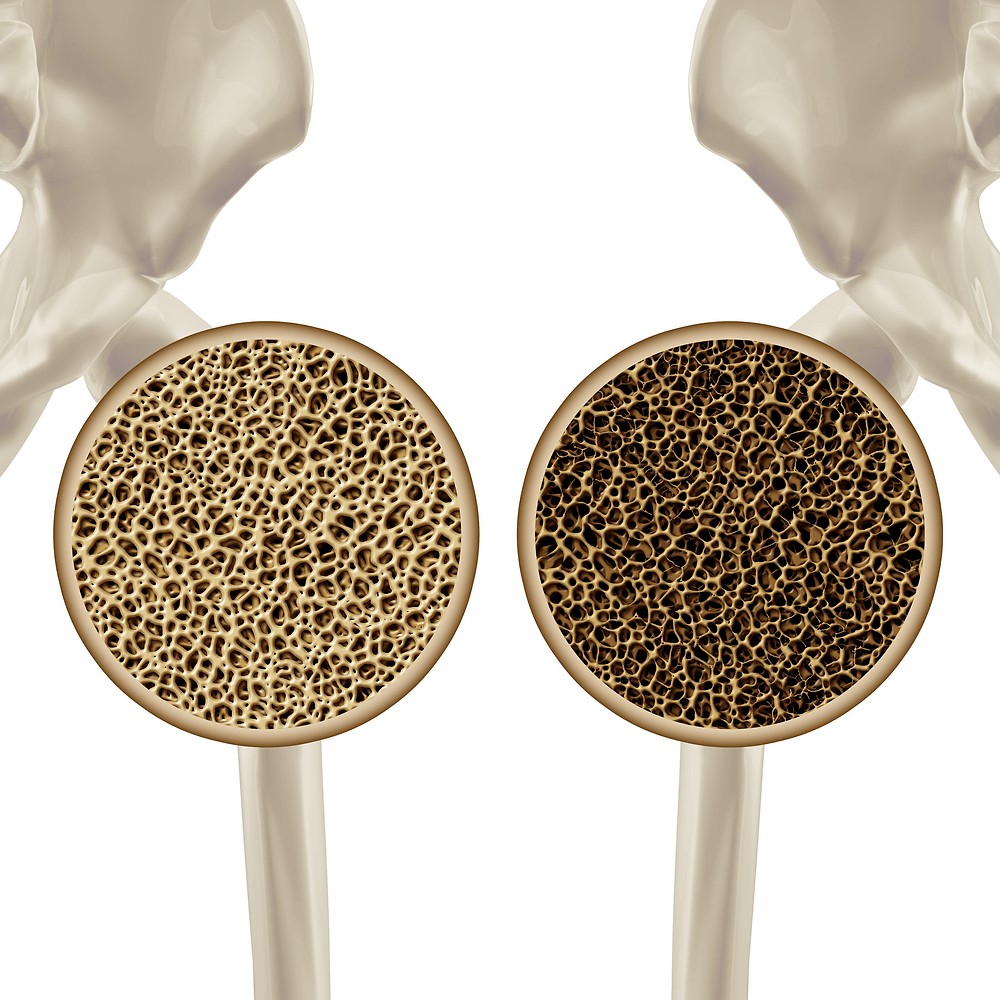
Not only does the person get weaker, but the reduction in muscle mass brings with it a reduction in resting metabolic rate, which facilitates fat gain when we aren’t diligent to reduce our food intake. These fast twitch muscle fibers are the body’s primary storage site for any “extra” carbohydrate we eat. When they are “emptied out” by very high effort exercise, they soak up blood sugar like sponges. But if they are always full, or worse, if they start going away, there is less room to store any extra glucose that we eat. This means our body has to produce more insulin to clear excess blood sugar, and when this becomes routine, the specter of metabolic disease, insulin resistance, and type II diabetes begins to loom large.
Type II muscle fibers are the key to our metabolic flexibility, our strength during emergencies, and our youthful ability to move quickly. Exhausting them regularly tells them body to keep them, and improves our metabolic health when we live in the food-abundance of modern society. But if we fail to regularly stimulate and fatigue these fibers, they will slowly disappear.
Nothing replaces high effort resistance training. Recreational activities like gardening, tennis, or yoga can feel very challenging at times. They can make you sweaty, winded, and quite fatigued. And those are very good things! What they are very unlikely to do is to deeply exhaust the fast twitch muscle fibers throughout your body. We’re just not going to achieve truly max-effort contractions during these activities, and instead tend to accumulate hundreds or thousands of fatiguing but low-force muscle contractions instead. It feels hard, but it isn’t maximal in effort.
Now, are their exceptions? Yes. In the rare (nowadays) situation in which your job actually does lead to this regular stimulation, you are either a manual laborer or a professional athlete. In both cases, the toll that this all-day type of exertion takes on the body is severe. Neither professional athletics nor work as a manual laborer are sustainable solutions for the aging population, when the orthopedic consequences of these activities are considered.
Safe Strength Training Prevents Injuries
Proper exercise prevents muscle loss and avoids injury.
When we achieve both deep glycogen depletion, and exhaustion of fast twitch fibers, and do so with minimal orthopedic wear and tear, we achieve benefits not offered by ANY submaximal activity, no matter how challenging the game of tennis, or how arduous and physical the gardening. When you are pushing and pulling as hard as possible, you achieve unique benefits that not only prevent atrophy and frailty, but also reduce the risk of all of the diseases of modernity.
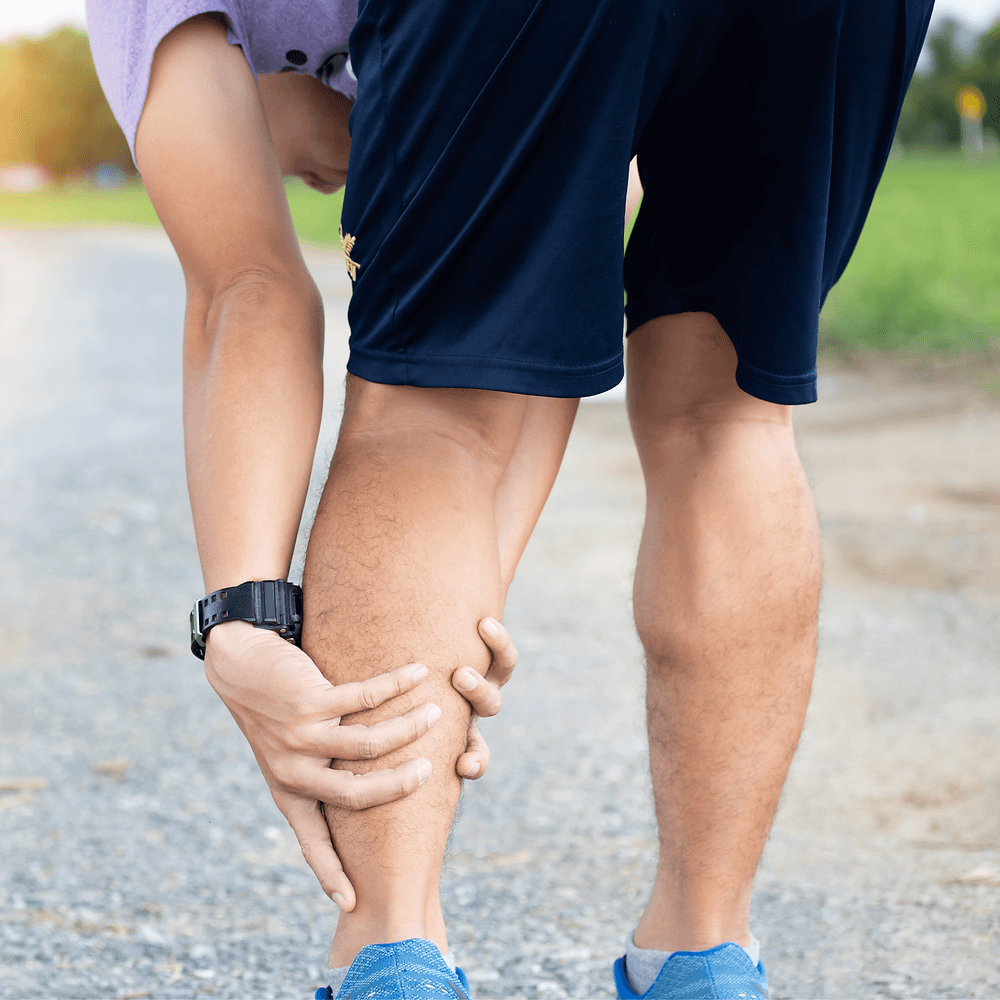
Proper exercise improves metabolic health and prevents disease.
By depleting the glycogen stores in these large muscle fibers, we make these muscles “hungry” for the glucose in our blood. Central to the modern epidemic of obesity, diabetes, and heart disease, is the problem of elevated blood sugars and the associated resistance to the action of insulin. Elevated insulin levels wreak havoc on our cardiovascular health, and prevent our bodies from utilizing stored body fat for energy, enabling a vicious cycle of hunger, feeding, elevated blood sugars, and elevated insulin levels, which drive hunger again, and etc.
Emptying the largest fibers of their glycogen stores makes them more sensitive to the action of a smaller dose of insulin. Blood sugars then return to normal more quickly after we eat, which means less insulin needs to be produced, and thus our fat cells spend less time being told to “hold on” to stored fat. The result is improved metabolic health, body composition, and cardiovascular fitness. The research continually demonstrates that brief but high-effort exercise focusing on depleting muscle glycogen yields superior cardiometabolic benefits versus longer, steady state exercise or healthy activity
Can’t we have a long life without proper exercise? It’s true. Long lived people in Blue Zones don’t lift weights. But there are plenty of people in blue zones who live no longer than the average person. The truly superannuated are a product of both healthy lifestyle and luck (avoiding major illness or injury).
If you want to know if you can just live as the Blue-Zoners do, and just garden, then ask yourself.
- Have you always eaten a simple diet of whole staple foods without snacks or desserts?
- Do you walk miles every day to get to and from the market for your fresh produce?
- Do you go to bed at sunset, never drinking to excess or staying up looking at screens?
- Are you confident you’ll never get seriously sick or injured?
If you’re reading this, the answer is probably “no.”
Muscle is the best insurance policy for a “rainy day.”
Are you comfortable hoping you’ll never get acutely ill or suffer a severe injury? After all, we can also live a long and healthy life without seatbelts or an emergency savings fund. But when an emergency occurs, these things go from “nice-to-have” to “absolutely essential.” Muscle and bone are the same. Dr. Doug McGuff discusses the “headroom” that is necessary to survive unforeseen bad events.
Be wise and save for a rainy day.

We need to understand how muscle and bone are like an emergency savings fund. Maybe we are just strong enough to enjoy our day to day activities, but what happens when we have to spend a month in the hospital due to a severe, acute illness? Or when we sustain a serious fall? We have to start drawing upon this “emergency fund.” Without sufficient “savings”, we might recover from an illness to find that not only is our savings account empty, but we might even be in “debt.” We may have new health problems or frailty-related mobility problems that result from the accelerated loss in muscle mass that a hospitalization can bring about. Working hard to preserve your muscle mass before such a “Black Swan” event is simply being wise and saving for a rainy day.
Just 20 minutes, twice per week is enough!
We only need a little exercise!
Exercise works to prevent and reverse age-related muscle loss. The evidence is clear: Maximal effort muscular exertion, either through slow machine and weight training, or using an adaptive conditioning device like the artificial intelligence CAR.O.L. interval bike, confers health benefits to the aging body that no amount of gardening or yoga can replicate. According to the evidence, we need very little exercise to see major benefits. In fact, exercising less than an hour each week can reap many, if not most of the benefits of this higher effort training! Many of our most dedicated clients at StrengthSpace average just 30-60 minutes of formal exercise per week By using what we understand about how the body works, we can save an enormous amount of time for what we really love to do, whether that’s playing tennis with our friends, or working in the sun on a new garden bed.
